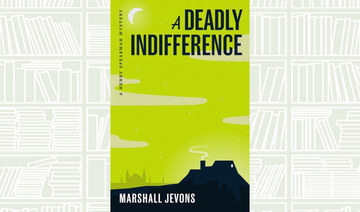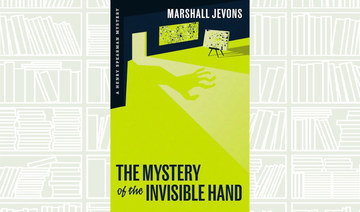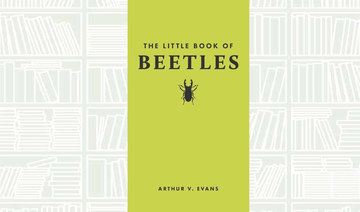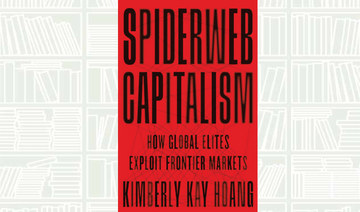Between the 1960s and the 1980s, American writer Alvin Toffler wrote about a “post- industrial future” and the “Information Age.” For the past 40 years, a quiet revolution has been sweeping ahead, carried by a wave of new technology. The bursting of the dot-com bubble in 2000 momentarily reopened the debate on the challenges and risks created by the new economy, but e-business was never really under threat. In this context, several economists, including Carol Corrado and Dan Sichel of the US Federal Reserve Board and Charles Hulten of the University of Maryland, met during the Conference on Research in Income and Wealth to think about how to measure the types of investment that people were making in the new economy.
Investment used to be mainly tangible, something you could touch, such as machinery, buildings, land, commodities, vehicles, industrial and precious metals and minerals to name a few. Over the past few decades, there has been a continuous shift from tangible to intangible investments in knowledge-related products like software, research and development, design, artistic originals, market research, training and new business processes.
The Microsoft Corporation is a case in point. In 2006, it was the world’s top company with a market value of $250 billion. However, its assets reached $70 billion, $60 billion of which consisted of cash and financial instruments. The traditional assets, such as plants and equipment, consisted of just $3 billion.
“Microsoft was a modern-day miracle. This was capitalism without capital,” write authors Jonathan Haskel and Stian Westlake.
Hulten poured over Microsoft’s accounts to explain why its market value was so high when its tangible assets, such as machinery, buildings and land, totaled only one percent of its value. He identified a number of intangible assets, such as Microsoft’s investments in research and development and product design, the value of its brands, its supply chains and internal structures, which did not show on the company balance sheets. This happens because accountants and statisticians tend not to count intangible spending as an investment, but as day-to-day expenses.
Just as the idea of investing in intangibles was attracting growing attention, a crisis in the subprime market began in 2007 in the US and developed into a full-blown international banking crisis followed by a recession. Despite an often-biased debate about the digital economy, intangible investment continued to grow and in some countries.
One of the main reasons behind the inevitable rise of intangible investment is due to the continuous availability of new digital technologies on the market, which encourages businesses to invest in intangibles. “Because many intangibles involve information and communication, they can almost, by definition, be made more efficient with better IT. Think of Uber’s organizational investment in building its vast networks of drivers — it would have been theoretically possible before the invention of computers and smartphones (after all, radio cab networks existed), but the return on the investment was massively increased by smartphones, with their ability to connect people quickly and enable the rating of drivers and the metering of rides,” explain the authors.
Another explanation for the rise in intangible investment is that developed countries’ output has changed, many regions are moving away from manufacturing, investing instead in Information’s Technology.
I found the discussion about intangibles and the rise of inequality particularly engaging. Haskel and Westlake refer to Thomas Piketty’s brilliant analysis of “Capital in the Twenty-First Century,” in which he mentions that in the past decades, the rich have been getting richer and the poor have been getting poorer “and other dimensions of inequality have become more salient: Inequalities between generations, between different places and between elites and those who feel alienated and disrespected by modern society.”
The incomes of the richest one percent have increased sharply in many countries. But the traditional working class in developed countries has not been doing well. The continuous surge of new technologies is causing wages to fall and profits to rise. However, computers are neither replacing the high-paid workers, nor the low-paid. It is the middle-income jobs that are targeted and terminated.
Market reforms in China and India have enabled 2.93 billion workers to enter the global market and this has affected the livelihood of the workers making the same kinds of goods in developed countries. Consequently, the developing world has experienced rising prosperity whereas the working classes in developed countries have either lost their jobs or received lower wages.
Piketty, however, reminds us that that inequality is not only about income but also about wealth. Intangibles have driven property prices up. “In a world where intangibles are becoming more abundant…We would expect businesses and their employees to want to locate in diverse, growing cities where synergies and spillovers abound. One possible result of this would be to encourage people to build more houses and offices in big cities. But, of course, in most cities there are regulatory barriers to building…So instead, the price of housing rises and the wealthy, who are more likely to own this kind of real estate, get wealthier,” write the authors.
Finally, the book details a growing sense that in the US and Europe the population is divided in two halves, which became clearly visible during the US elections, the Brexit referendum and France’s recent presidential election. One half is cosmopolitan, educated and liberal while the other is skeptical of the elites’ opinions. People who do well in an intangible society, according to research psychologists, are more open to new experiences and are better at making connections, moreover, their sense of innovation and creativity interacts with the city’s unique flow of opportunities. An intangible economy thrives in a city where people meet each other and interact. The authors warn us that an effective intangible economy can give rise to forms of inequality, threaten social capital and create powerful firms with a strong interest in protecting their contested intangible assets. However, the countries that find a solution to these problems will open a path toward economic success. Policymakers who implement “strategies that encourage intangible investment are more likely to ensure prosperity than those that go against it,” the authors write in this fascinating book.
Book Review: Why intangible investments are so important today
Book Review: Why intangible investments are so important today
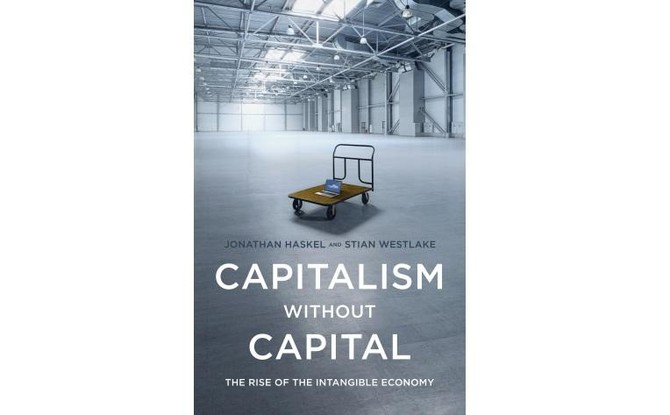
What We Are Reading Today: The Princeton Field Guide to Dinosaurs

Author: Gregory S. Paul
The bestselling “Princeton Field Guide to Dinosaurs” remains the must-have book for anyone who loves dinosaurs, from amateur enthusiasts to professional paleontologists. Now extensively revised and expanded, this dazzlingly illustrated large-format edition features nearly 100 new dinosaur species and hundreds of new and updated illustrations, bringing readers up to the minute on the latest discoveries and research that are radically transforming what we know about dinosaurs and their world.
What We Are Reading Today: The Virtue Proposition by Sig Berg
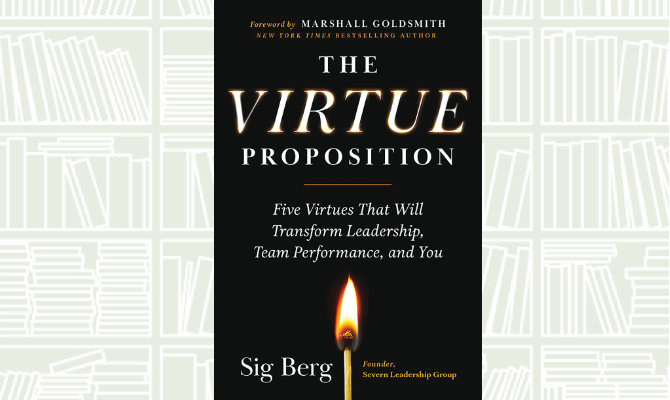
Sig Berg, founder of the Severn Leadership Group, explains what’s missing from traditional leadership, with its emphasis on the rules and rituals of boardrooms and C-suites, and from iconoclastic leadership, which urges you to move fast and break things.
Neither of these embrace virtues, and neither has, nor ever will, deliver consistent superior results.
There is a courageous third way: virtuous leadership.
This book speaks to men and women who witness the absence of virtues and know they can do better, says a review published on goodreads.com.
What We Are Reading Today: ‘Stellar English’

Author: FRANK L. CIOFFI
“Stellar English” lays out the fundamentals of effective writing, from word choice and punctuation to parts of speech and common errors.
Frank Cioffi emphasizes how formal written English—though only a sub-dialect of the language—enables writers to reach a wide and heterogenous audience.
Cioffi’s many example sentences illustrating grammatical principles tilt in an otherworldly direction, making up a science fiction story involving alien invasion.
What We Are Reading Today: A Deadly Indifference
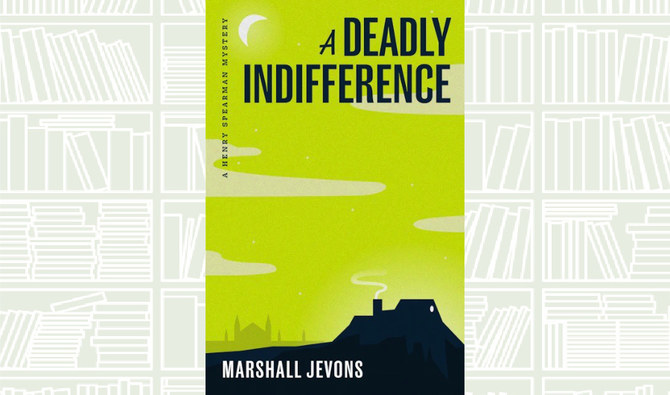
Author: Marshall Jevons
Harvard professor Henry Spearman—an ingenious amateur sleuth who uses economics to size up every situation—is sent by an American entrepreneur to Cambridge, England.
Spearman’s mission is to scout out the purchase of the most famous house in economic science: Balliol Croft, the former home of Professor Alfred Marshall, John Maynard Keynes’s teacher and the font of modern economic theory.
After a shocking murder, Spearman realizes that his own life is in danger as he finds himself face-to-face with the most diabolical killer in his career.
What We Are Reading Today: The Mystery of the Invisible Hand
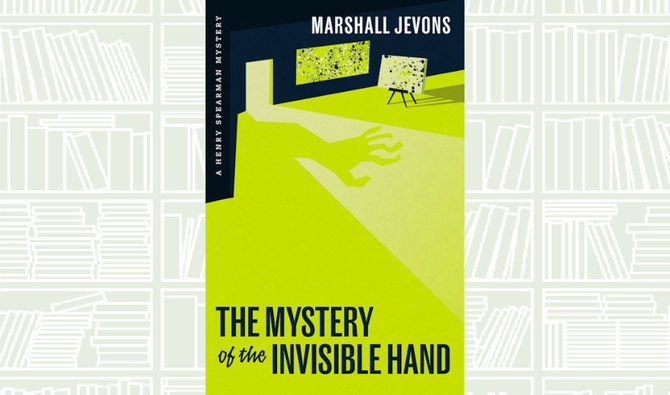
Author: Marshall Jevons
In “The Mystery of the Invisible Hand,” Henry Spearman, an economics professor with a knack for solving crimes, is pulled into a case that mixes campus intrigue, stolen art, and murder.
Arriving at San Antonio’s Monte Vista University to teach a course on art and economics, he is confronted with a puzzling art theft and the suspicious suicide of the school’s artist-in-residence.
From Texas to New York, Spearman traces the connections between economics and the art world, finding his clues in monopolies, auction theory, and Adam Smith.







